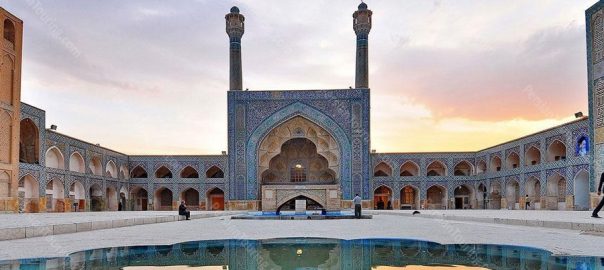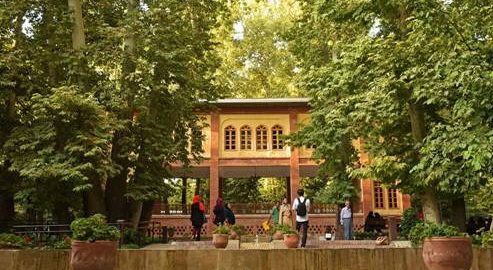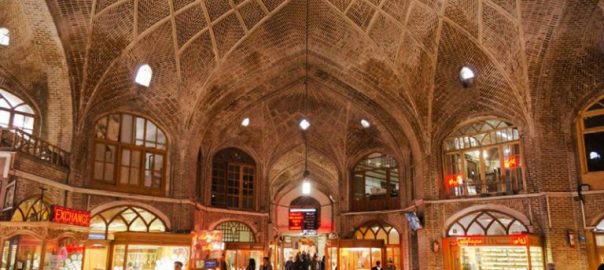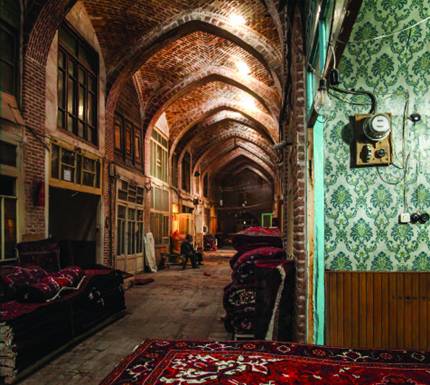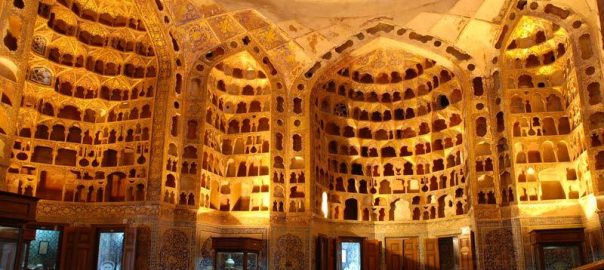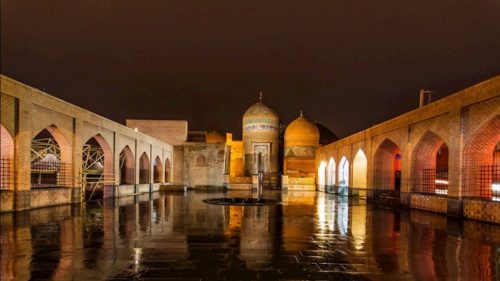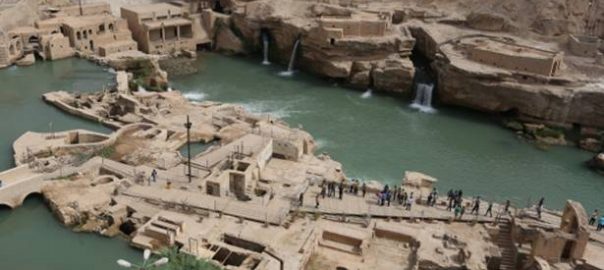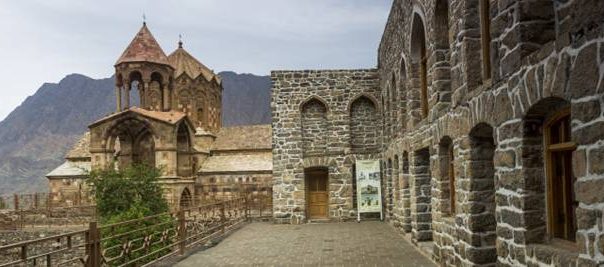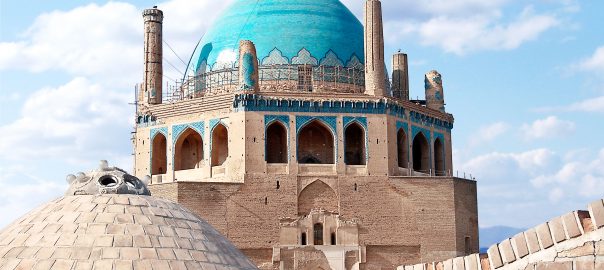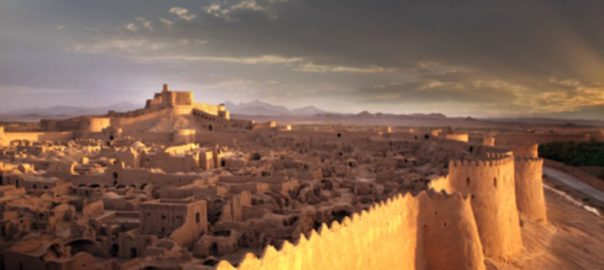Jameh Mosque of Isfahan Jameh Mosque of Isfahan is the oldest monument in Isfahan and an outstanding instance to show the course of changes in the Iranian Architecture. Having been damaged due to various incidents such as fire, earthquake, as well as bombing during the war, the mosque is still indefeasible.
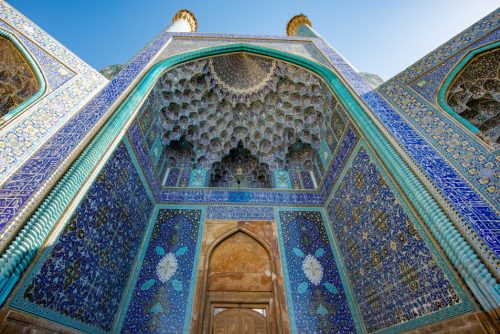
Jameh Mosque of Isfahan is one of the most important and oldest Iranian religious edifices. Archeological studies have demonstrated that even before Islam, this place has been an important religious center in the town. Different parts of the Mosque have been formed within two millenniums and they have been subjected to continuous rebuilding. The present appearance of the mosque is mostly the result of the measures taken in the era of Seljuk Empire. However, the restorations and additions were made in later eras especially during the Safavid Dynasty.

